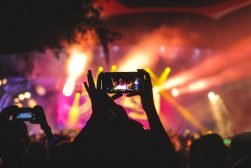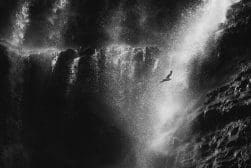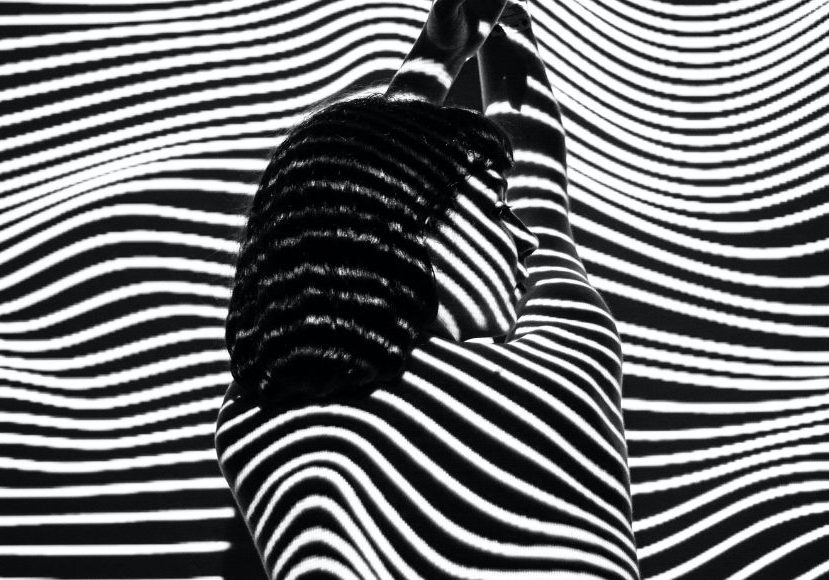
What is a Gobo Light in Photography Used For?
Delve into the artistic world of gobo lights in photography, learning how these unique lighting patterns can transform and elevate your photographic creativity.
Learn | Lighting Guides | By Jeff Collier
What is a gobo, and how can you use it to improve your photos and videos?
Simply put, a gobo is an essential tool for shaping light around your subject.
There are many types of gobos and endless applications in photography lighting.
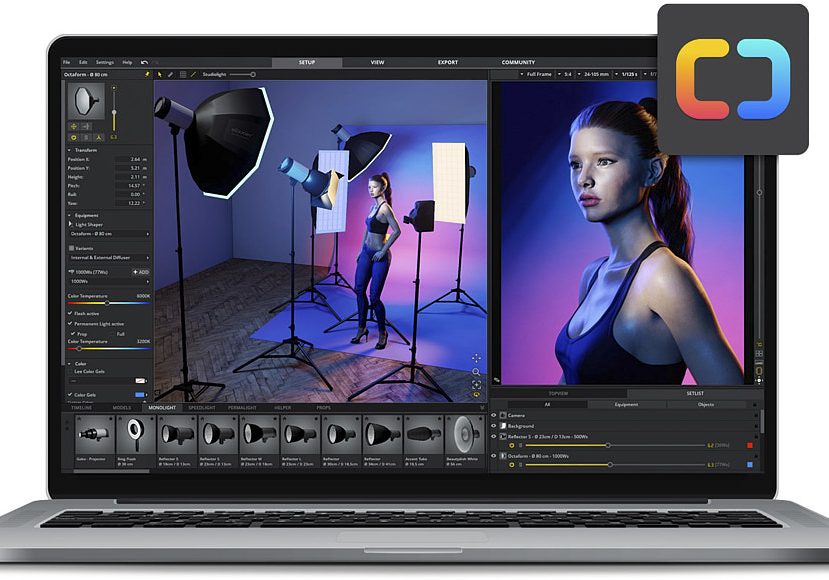
Create gobos using this revolutionary lighting simulation software that streamlines studio photography and film making.
Use code SHOTKIT10 to save 10%.
Due to this, it’s normal to have trouble figuring out where to begin.
Luckily, this guide will introduce you to the art of using gobos to create cinematic shots.
I’ll also give you tips and ideas for using Gobos to elevate your images.
Sound good? Let’s dive in!
Table of Contents
What Is Gobo Lighting in Photography?

Gobo stands for go between objects – it’s any material you place between the subject and the light source.
The purpose of this is to create shadow patterns on the subject.
While some photographers buy them from gobo manufacturers, you may use anything as a gobo. Cardboard, styrofoam, foil, you name it!
There’s an art to using gobos; you need plenty of experimentation to have perfect control.
Learning the physics of light and shadows is fun, challenging, and rewarding. Once you master it, you can create stunning pieces from affordable materials!
How Does Gobo Lighting Work?
A typical gobo setup includes the light source, the gobo, and the subject.
The light faces the subject, and the gobo partially blocks the light path. As a result, you get shadows and patterns that can make your photo more realistic or artistic.
Gobos can be opaque to form defined shadows. They can also be translucent or colored.
It’s possible to project an original design or logo on a flat surface, making gobos great tools for creating dramatic lighting!
Where Can You Use Gobos?
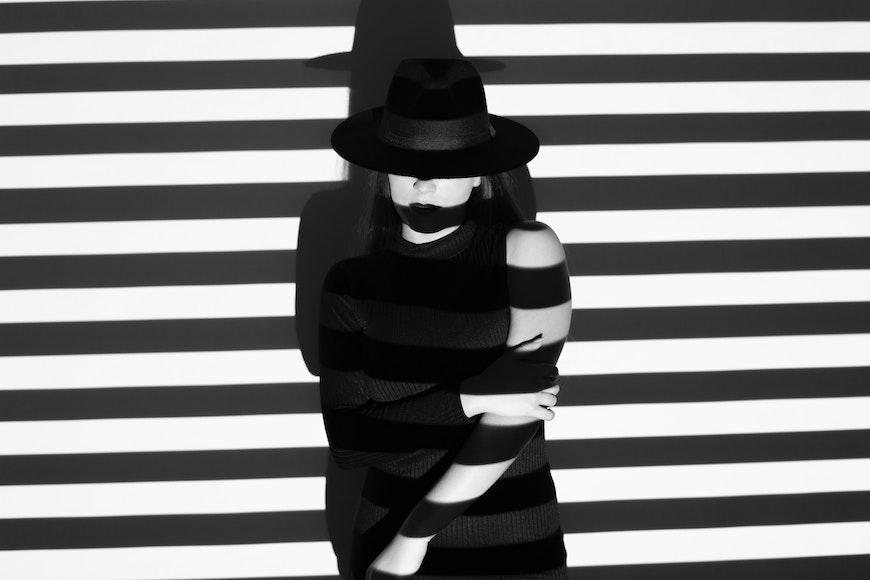
There are many ways to use gobos in both high-key and low-key lighting setups. These are a few examples.
1. Gobo In the Event Industry
Gobos are perfect for corporate events and outdoor events. This is because you can use them to project complex designs with a basic lighting fixture.
The best part about it is it’s possible to have a custom gobo of your company logos. Event planners may use steel gobos to personalize an event space.
Below are some ways to use gobos in the event production industry:
How Much Do You REALLY Know About Photography?! 🤔
Test your photography knowledge with this quick quiz!
See how much you really know about photography...

- Award Ceremonies: You may find gobo projections as backgrounds in award ceremonies and gala dinners.
- Advertisements: Some event places may use glass gobos to project advertisements.
- Event Design: Gobos can make dramatic effects on stages during events!
2. Gobo In Photography
Gobos are perfect for making photographic images using studio lights. There are intricate designs you may use to set the scene.
With a gobo, it’s possible to recreate outdoor settings in a controlled environment.
Here are some applications for gobos in photography.
- Food Photography: Gobos stimulate natural light. You may use them to give the appearance of an outdoor picnic for food photography.
- Portraits: A gobo can make a difference in portraits. Apply various shapes and colors for the most stunning effects!
3. Gobos In Theater and Film Production
With a gobo, you get impressive shapes from a single piece of metal. Because of this, gobos have many theatrical applications.
You can find this theatrical lighting in cinema studios. They’re necessary for lighting scenes and telling stories.
Here are two examples of gobo usage in film.
- Movies: The Blade Runner is a movie with plenty of scenes with textured light. Gobos are perfect for creative control here.
- Theater: Gobos let you make beautiful stage lighting. You can shape light into abstract patterns easily with one.
Gobo Applications in Photography and Film
Lighting can make people more interested in a photo. Here are a few ways to use gobos as a tool in lighting design!
1. Create a Dappled Effect
One of the most popular applications of gobos is stimulating dappled lighting.
Imagine you’re on a picnic, and the sunshine is streaming through the trees above. You can recreate this scene with simple studio lights!
All you have to do is cut random shapes out of cardboard and styrofoam. Once you shine light through it, you’ll find complex patterns on your projection surface.
For this reason, gobos are perfect for storytelling with light!
2. Make the Subject Stand Out
Did you know that simple gobos can focus the viewer’s attention on your subject?
By blocking light from certain sides of the frame, you emphasize parts of the photo. Through this method, you make your subject stand out even in complex images!
3. Set the Mood

Gobo lighting can produce the feel of some moods.
For instance, you can apply it to boudoir photography lighting to create a sensual scene. Here, the light you make with a gobo sculpts your subject and gives depth to the image.
4. Paint the Scene
With a gobo, you make a narrative and tell a story even without showing parts of the scene.
Using a light fixture, you may cast the illusion of a cage over animals. Another example is using a window’s shape in a portrait to portray isolation.
These detailed designs on photographic images make your art open for interpretation!
What Are the Different Types of Gobos?
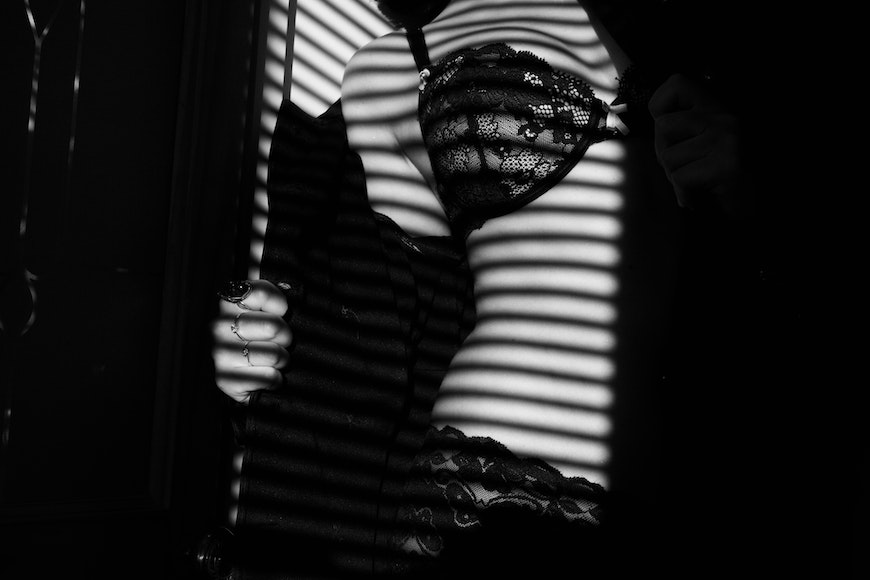
There are two kinds of gobo you should know.
1. Gobo Discs
Manufacturers make gobo discs using steel, glass, or plastic. They’re small stencils that you use to project defined shadows.
You may get a circular disc like this in any pattern or color.
Some businesses use their custom gobo for advertising as well. This is because you can project even minute details on gobo discs!
How to Use a Gobo Projector With Gobo Discs
To use gobo discs, you must get a good-quality projector or gobo light. A projector with 20 watts and 1,800 lumens is a great starter.
Next, choose the correct gobo material for your design. There are thousands of gobo styles to choose from!
Once you have a design in mind, place your disc into the gobo holder and insert it into the projector. Turn the gobo light on, make adjustments, and position it as you like.
2. Homemade Gobos
Homemade gobos are larger and more affordable than gobo discs.
In its simplest form, a gobo can be cardboard, aluminum foil, or styrofoam boards. If you want to take it further, use black cinematic foil to prevent unwanted reflections.
The best part is you get to customize the size and type of gobo to fit your needs!
How to Make a Gobo
It’s easy to make simple gobos.
Take the HARD Photography Quiz! 🤯
Now it's time to really test your photography knowledge!
(99% of people can't get all the questions right...)
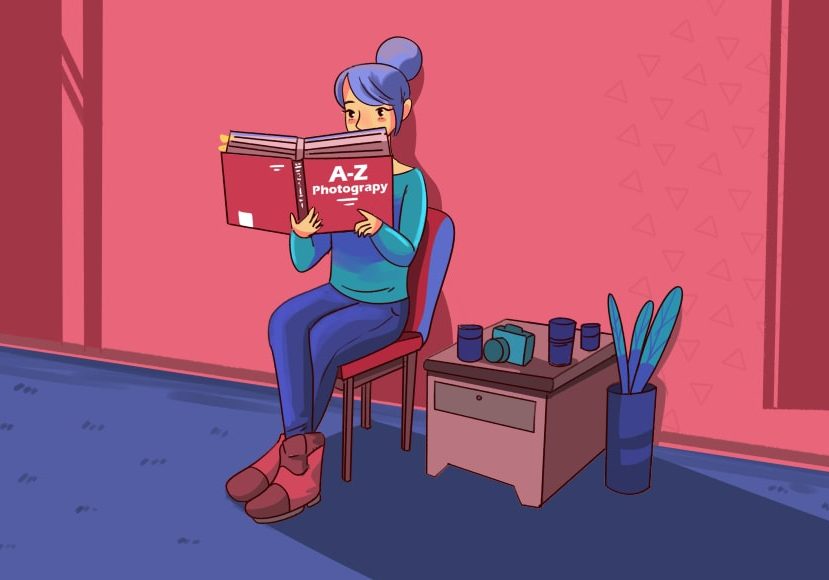
To customize a gobo for dappled lighting, take your material and cut out random shapes into it. You may also poke holes into a foil using a pencil as well.
Clip your gobo onto a stand and position it before any flat lighting. Adjust the positioning as necessary, and you’re ready for the photoshoot!
5 Essential Tips for Using Gobos

Here are some of the most useful tips for using gobos for photography and filmmaking!
1. Pay Attention to Distance
The distance between the subject, gobo, and light source matters.
When your gobo is closer to the subject, the shadows you cast are harsher and more defined. Meanwhile, you may not notice an effect when the gobo is too far from the subject.
What’s more, you should try different angles to get various effects. Having the correct orientation makes your gobo a valuable tool in lighting design!
2. Find a Shady Area
My second tip is to find an appropriate area to set up your gobo.
When you have competing lights, you might not get the full effect of the gobo. Because of this, a studio or any dark room is ideal.
A highly shaded area can offer full control of your space. Try to block windows out to prevent competing light, if possible.
3. Use the Right Light
The size of your light source can affect the shadows you cast on your subject.
In general, a small point source will make defined shadows. On the other hand, a large softbox will give you less shadow definition.
Select your light based on your gobo type and gobo frame. You may have to pair your lighting with the standard gobo sizes.
4. Never Distract From the Subject
The gobo is an advantageous tool for studio photography purposes. However, you easily distract people from the subject if you don’t know how to use it!
When you’re using a plain white surface as your base, harsh shadows may draw the viewer’s attention. You should avoid this by making adjustments to the gobo.
Remember, you’re using the gobo to highlight your main subject!
5. Experiment With It
Finally, because there are many types of gobos, you should conduct experiments to see what works for you. Familiarize yourself with practical lighting principles to develop more ways to use a gobo.
You may combine colors and patterns in your portrait shots. Using various gobos will also help you set a narrative in film projects.
There’s no need to buy expensive metal gobos. You can make them at home from simple materials.
The possibilities are endless, and you can get as artistic as you like. Through experimentation, you end up with excellent image quality in your original photographs!

Check out these 8 essential tools to help you succeed as a professional photographer.
Includes limited-time discounts.





